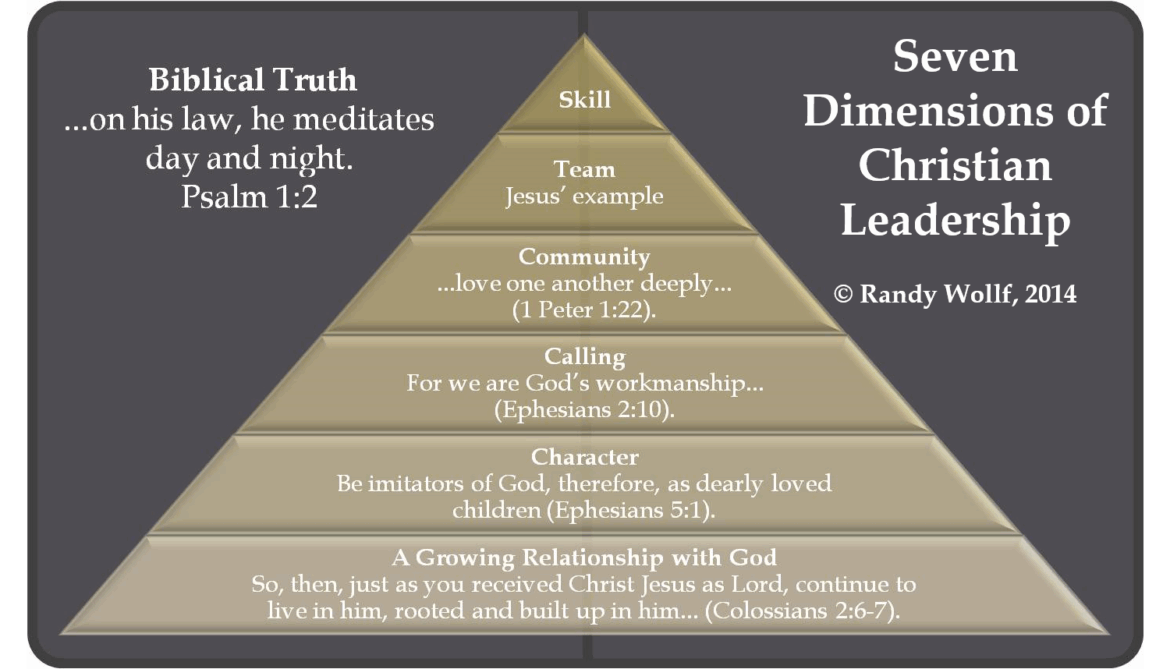Christianity, as a diverse faith with myriad denominations, exhibits a vast array of organizational structures and leadership paradigms. One prominent question that emerges in discussions surrounding Christian governance is whether Christianity has a singular embodiment of authority akin to the papacy in Roman Catholicism. To address this inquiry, it is essential to explore the diverse leadership structures across different Christian traditions and delineate their theological underpinnings.
At the heart of this examination lies the figure of the Pope, the Bishop of Rome, who serves as a spiritual leader and a symbol of unity for over a billion Catholics worldwide. The papal authority is historically rooted, deriving from the apostolic succession that traces back to Saint Peter. In Catholic belief, Jesus conferred authority upon Peter, thus establishing a line of leadership that continues through successive popes. This notion confers upon the Pope a unique position of spiritual oversight, asserting doctrinal infallibility during ex cathedra declarations—a profound influence within the Church.
Contrastingly, Protestant denominations largely reject the concept of papal authority. The Protestant Reformation, spearheaded by figures such as Martin Luther, was fundamentally a reaction against the perceived excesses of papal power and the Catholic Church’s institutional framework. Instead of a singular leader, Protestantism advocates for a priesthood of all believers, wherein authority is decentralized. Leadership structures in Protestant communities can vary significantly, encompassing models ranging from congregationalism to presbyterianism and episcopal governance.
Congregationalism, the system adopted by many Baptist and independent churches, emphasizes local church autonomy. In this framework, individual congregations possess the authority to make decisions regarding their governance, worship practices, and selection of leaders. This model empowers members to engage actively in communal discernment. The lack of hierarchical oversight creates a fluid leadership structure that is often more responsive to local congregational needs.
On the other hand, presbyterianism introduces a system of representative leadership. Under this model, elected elders govern the church body, functioning collectively under councils or synods. This form of governance reflects a commitment to shared leadership, inspired by a commitment to scriptural authority. Here, the church is perceived as a covenant community, exercising authority through a collective discernment process rather than through a singular leader.
Within some Anglican and Episcopal traditions, a more structured hierarchy exists. While the Archbishop of Canterbury functions as a symbolic figure of unity among the worldwide Anglican Communion, his authority does not parallel the papal role in Catholicism. Instead, leadership is often exercised through bishops within dioceses, maintaining a semblance of apostolic succession but without claims to doctrinal infallibility. This model creates a connective tissue among the various Anglican denominations while preserving local autonomy in church governance.
Ultimately, exploring these disparate leadership structures prompts deeper questions about authority, structure, and community within Christianity. The absence of a single authoritative leader in Protestantism and other non-Catholic Christian traditions highlights a commitment to pluralism and diversity in understanding ecclesial governance. By decentralizing authority, these communities foster environments where theological diversity can flourish, allowing for varying interpretations and expressions of faith.
Notably, this investigation into leadership structures also reveals a profound reflection on accountability and responsibility. In a system where no singular authority dictates orthodoxy, measures for accountability are crucial. Church members often rely on the collective decision-making processes to ensure that leaders are held to scriptural fidelity and congregational needs. This dynamic invites a more profound engagement among church members, encouraging them to participate actively in communal life and decision-making.
The ramifications of these differences ripple through the lived experiences of the faithful. In communities with a hierarchical structure, believers might feel a profound connection to a vast network of traditions, rituals, and shared beliefs. Conversely, congregations practicing autonomy may experience a strong sense of immediacy in their spiritual journeys, characterized by personal engagement and communal exploration of faith.
This examination beckons curiosity regarding the theological implications embedded within these leadership structures as well. How do these models influence the understanding of God’s authority among believers? In a tradition where leadership is more decentralized, does this enhance the emphasis on personal interpretation of Scripture? In contrast, does a papal-centric model create an environment where spiritual exploration is overshadowed by adherence to doctrinal mandates?
In conclusion, while Christianity does not possess a universally recognized pope or singular figure analogous to the Roman Catholic Church’s leadership, the variations in leadership structures speak to the richness of belief and practice among Christian communities. From the hierarchical structures of Catholicism to the autonomous congregations of Protestantism, each paradigm reveals theological convictions regarding authority, accountability, and communal life. Christians wrestle with these ideas, challenging one another to think critically about the implications of their leadership models, striving for fidelity to the Gospel while navigating the complexities of faith in an ever-evolving world.



